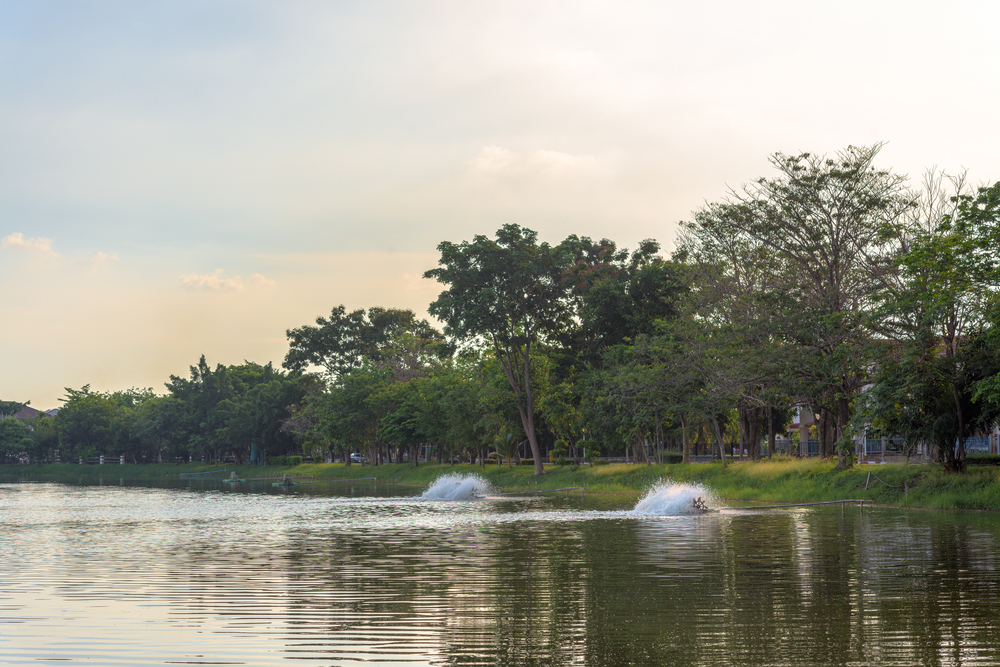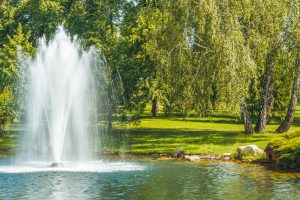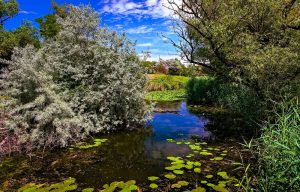There are different types of pond aeration systems that one should know before deciding on the one to use. The benefit of pond aeration systems makes them necessary for your pond maintenance goals. Also, pond aeration systems prevent low dissolved oxygen levels and help add aesthetics to your pond. This article will help you pick a suitable design for your pond maintenance program and management goals.
Understanding Different Types of Pond Aeration Systems
Understanding different types of pond aeration systems is vital to a healthy ecosystem throughout the year’s seasons. During summer, your fish will thrive because of proper aeration of your system. However, during winter, install aerators properly to avoid freezing ponds which can cause fish kills. In addition, the ice opening will allow the toxic gases to escape, improving water quality.
Are you contemplating the best aeration system to choose? Learn these five different types of pond aeration systems. Share on XHere are the different types of pond aeration systems to choose from;
- Diffused Aeration Systems
- Surface Aeration Systems
- Sub-Surface Aeration Systems
- Windmill Aeration Systems
- Solar-Powered Aeration Systems
1) Diffused Aeration Systems
The diffused aeration systems operate by the use of air diffusers that uses an air compressor to pump pressurized air down to the bottom diffusers sitting on the floor of the pond or lake. The diffusers create a tiny air bubble that is risen to the surface.
They perform two critical roles in pond management as they rise to the surface. That is to increase the dissolved oxygen level in the pond and create the upwelling effect.
The systems work to avoid pond stratification and offer a consistent water temperature throughout the seasons. Applicable to ponds more than 10-12 inches in depth.
2) Surface Aeration Systems
Surface aeration system uses surface aerators to add oxygen to the pond or lake. Their usage is in industrial areas like wastewater management. The surface aerators float on the surface to turn over as much water as possible. The surface aerators are applicable in large ponds with depths greater than 5’ to prevent sediment disruption.
The process disturbs the water’s surface to expose the water to the oxygen above the surface and trap and absorb oxygen beneath the surface. The suction and pushing effects from the pump operations circulate the top layer of water to expose the water to air. The even motion causes an increase in the levels of dissolved oxygen.
3) Sub-Surface Aeration Systems
It is an underwater bubbler pond or lake diffuser system that de-stratifies, aerates, and circulates water without disturbances in a natural pond or lake environment. It adds oxygen via a diffuser at the water’s bottom.
The systems pump air into the compressor through sinking tubes. Then, they split in the form of bubbles that improve the catchment’s health by rising on top and adding oxygen through agitation.
4) Windmill Aeration Systems
With innovative technological advances, windmill pond aerators can operate effectively with fewer maintenance needs. In addition, it is environmentally pleasant when used in remote locations with less intense aeration.
However, combining windmill units with electricity is an excellent choice in situations with intense aeration. Using windmills throughout the day and using electrically powered aeration systems at night will reduce electric costs while protecting the environment
5) Solar-Powered Aeration Systems
Solar-powered aeration systems are environmentally friendly and are applicable in remote installations. The good thing about a solar pond aerator is its effectiveness and cost savings over one powered by electricity while achieving your aeration needs. In addition, they are designed automatically on various pond sizes sizing up to 5-acre lakes.
Schedule a Pond Cleaning with Waterline
Whichever type of pond aeration system you decide to use, cleaning should be part of the maintenance goal and management of the pond. That will boost the effectiveness of the pond in improving water quality and increasing aesthetic beauty. To increase the efficiency of the pond, planning for frequent cleaning to remove sediments and debris that may fill the pond is vital.
Contact us for details on pond aeration systems and schedule a pond cleaning with Waterline.



